To address the present crisis on the economic front and ensure resilient, inclusive, and sustainable growth, the government of Bangladesh has adopted several reform initiatives to be implemented in the medium term (2025-26).
The significant reform actions include: Revenue Mobilization, Improved Expenditure Management, Monetary and External Sector Management, Financial Market Regulation and National Income Accounts, according to a budget document.
The government has focused on reforms in tax policy and revenue administration. The plan is to mobilize additional tax revenue of about 1.7 percent of GDP by the end of FY 2025-26. Currently, the tax-to- GDP in the country is below ten percent.
Moreover, the government is focusing on untapped areas in the tax-revenue sector to enhance overall revenue while also emphasizing non-tax revenue sources.
The document states that fiscal management has become increasingly complex due to elevated and unpredictable inflation that has the potential to undermine the soundness of financial institutions and fiscal operations.
The uncertainty surrounding prices, wages, and interest rates influence inflation through aggregate demand and expectations, which in turn posed challenges to fiscal planning and budgetary preparations.
Besides rationalizing the subsidies, there is a plan to bring down the cost of borrowing and bring efficiency in debt management, the document said.
It said that the net National Savings Certificate (NSC) issuance is planned to be brought down to below 1⁄4 of total net domestic financing by FY26.
The government plans to optimize cash management by expanding the coverage of the treasury single account (TSA) and the use of electronic funds transfer (EFT).
Several reform measures have been implemented including the reduction of interest rates of saving certificates, the introduction of tiered interest rates, capping issuances, and increasing taxes on earned interest, all aimed at reducing the government`s interest expenditure.
In FY 2021-22, the contribution from national savings certificates accounted for 0.5 percent of GDP, a decrease from 1.2 percent in FY 2020-21. Efficient cash management is also a priority to save public funds by minimizing interest expenditure.
To achieve this, the government is strengthening and expanding the Treasury Single Account (TSA), which is expected to facilitate better cash management, reduce interest expenses, and improve commitment controls.
In the Monetary and External Sector Management segment, to improve monetary operations, Bangladesh Bank will adopt an interest rate corridor system.
Furthermore, to increase exchange rate flexibility, Bangladesh Bank will use market-determined exchange rates for official foreign exchange transactions on behalf of the government.
To strengthen the external sector balance and improve monetary sector performance, Bangladesh Bank is going to implement several reform initiatives in the medium term.
There will be reform activities to unify the multiple exchange rates and bring more discipline to the foreign exchange market.
Bangladesh Bank will reverse the temporary margin increases for opening letters of credit on nonessential imports.
The official budget document says that “With a view to establishing a risk-based banking supervision system, Bangladesh Bank will complete the pilot risk-based supervision action plan.”
Also, it mentions that to improve governance and discipline in the financial market, the government will amend the Bank Companies Act and Finance Companies Act in line with best practices. The amended Bank Companies Act was accordingly passed last week.
For better transparency, Bangladesh Bank will publish banks` distressed assets in the annual financial stability report.
Bangladesh Bureau of Statistics has taken the initiative to publish quarterly GDP for having a clear view of national income accounts.




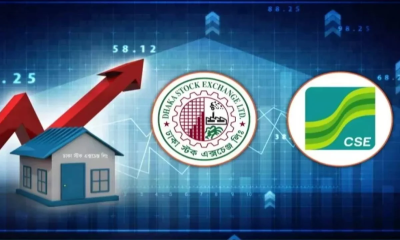
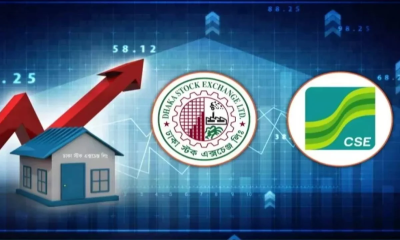
-20260103050848.jpg)
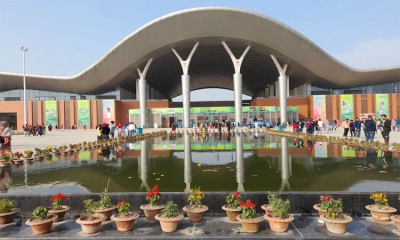

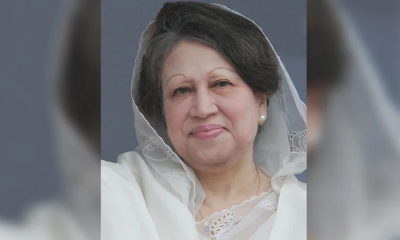
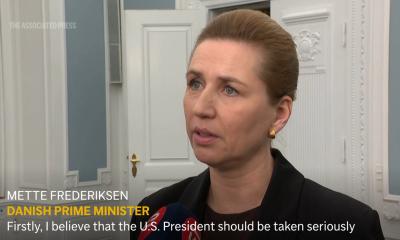
-20260107070753.jpeg)
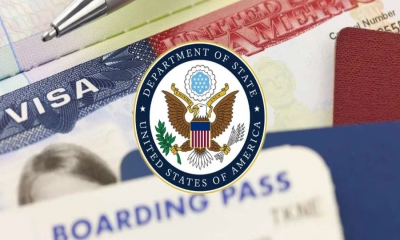

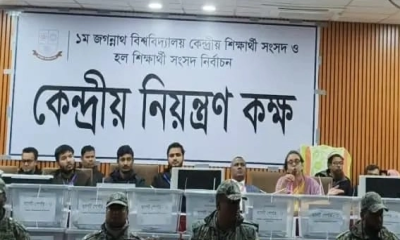
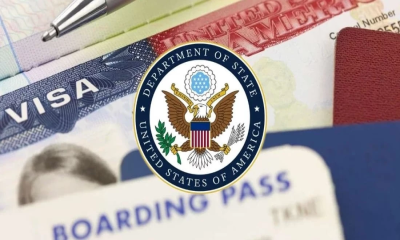
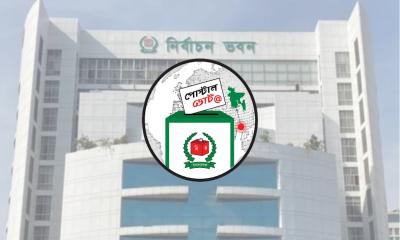

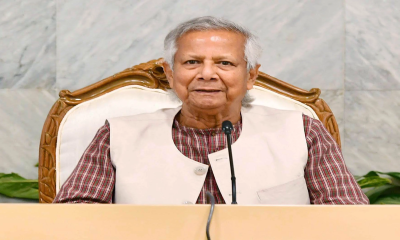
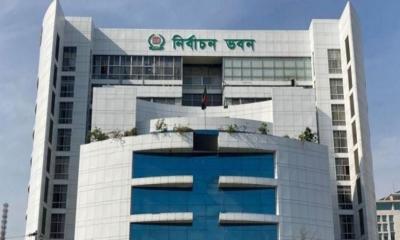





-(2)-20260102070806.jpeg)

-(25)-20251122062715-20260105041159.jpeg)


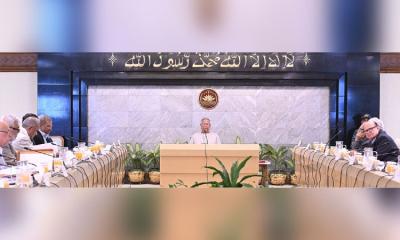
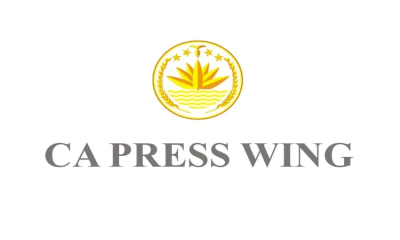



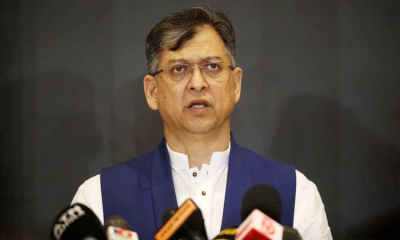
-20260103102222.webp)
